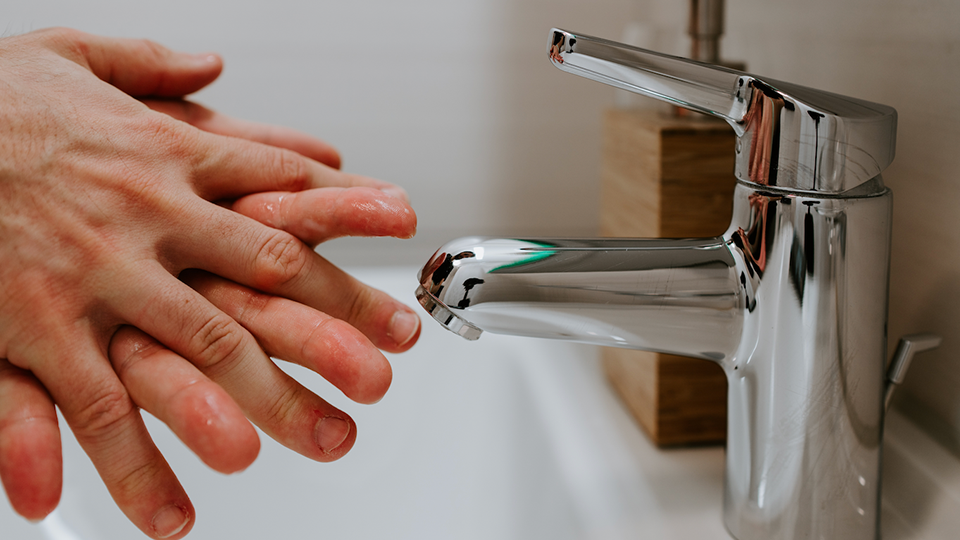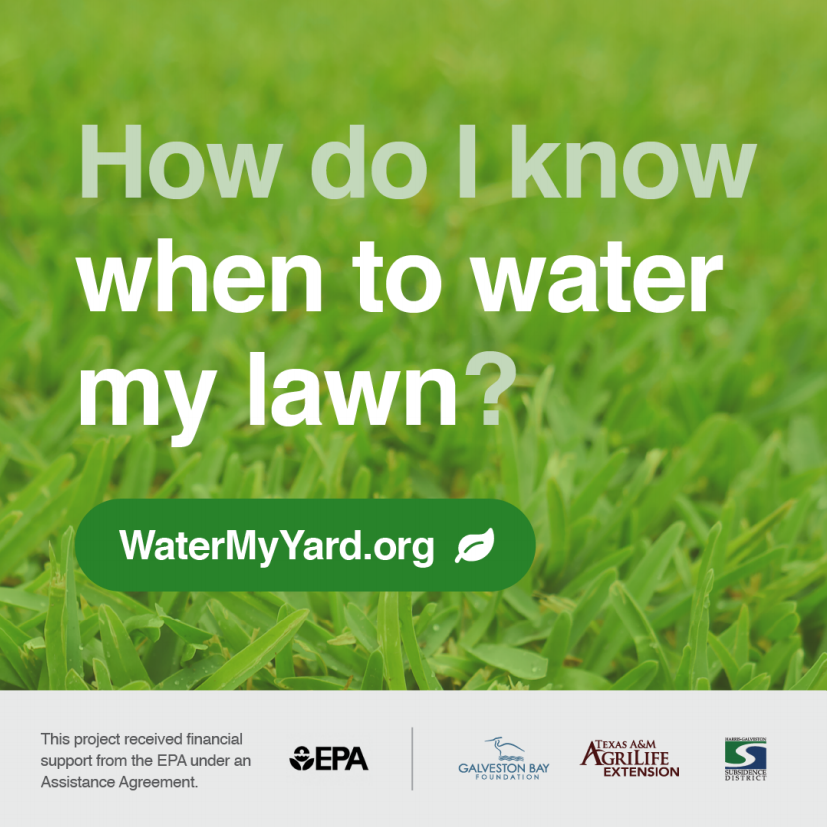Homeowner Resources
Outdoor Resources
In Texas, 30-50% of the water used in single-family homes is used outdoors. And as much as 50% of the water used outdoors can be wasted due to overwatering caused by inefficiencies in irrigation methods and systems. Read on to learn about ways to conserve water and save money.
How often should I water my yard?
We have an app for that. The Water My Yard app, created in partnership with Texas A&M AgriLife Extension, gives you personalized recommendations for when to turn on those sprinklers.
A healthy yard needs less water than you think. Even with our hot and dry summers, landscapes only need about an inch of water per week, whether from rain or irrigation.
The Water My Yard app offers free, informed advice that takes the guesswork out of weekly watering. Use the app, receive text or email notifications, or log in to the website.
Interested in promoting the Water My Yard tool to your audiences? Check out our share toolkit!
How do I irrigate my yard to conserve water?
Experts estimate that only 20% of irrigation systems are actually water efficient. Selecting efficient irrigation systems and ensuring your system is working properly can make a big difference in saving water.
- Invest in a Smart Irrigation Controller: Upgrade your standard irrigation clock timer to a new WaterSense-labeled irrigation controller
- Consider low volume or drip irrigation: Drip irrigation can be 20 to 40 percent more efficient than conventional sprinkler systems. Because water is delivered slowly and directly to the plants, this irrigation technique reduces loss from evaporation, runoff, and wind.
- Try a Sprinkler Spruce-Up: If you have a sprinkler system, be sure to check the system each spring before turning it on. Check that the system did not spring any leaks or break during the winter.
HIRE SMART!
When hiring a landscape or irrigation professional, ask: What are your recommendations for minimizing water waste in my yard?
For the full list of questions and suggestions to consider when chatting with a potential contractor, check out EPA WaterSense’s Irrigation with Pro tips.
How do I create a water-conscious garden?
Another way to save water outside? Invest in plants that need less to begin with! Xeriscaping or choosing turf alternatives doesn’t mean your yard needs to look like a desert.
Choose native and adaptive plants
- Texas native grasses, flowers, shrubs, and plants thrive in our climate once established, require less water, and are more resilient than non-native species. Adapted plants are not native, but can still do well in local conditions. Native plants also provide a diverse habitat for local bees, birds, and butterflies!
- Before visiting a local nursery, explore plant directories or lists for the Gulf Coast region and make a list of what plants will work in your yard. Note which areas of your yard are shaded, receive full sun or get partial sun throughout the day and choose accordingly.
- Set your yard up for success by mulching, composting and managing pests. Consider other environmentally-friendly practices when managing your native landscape.
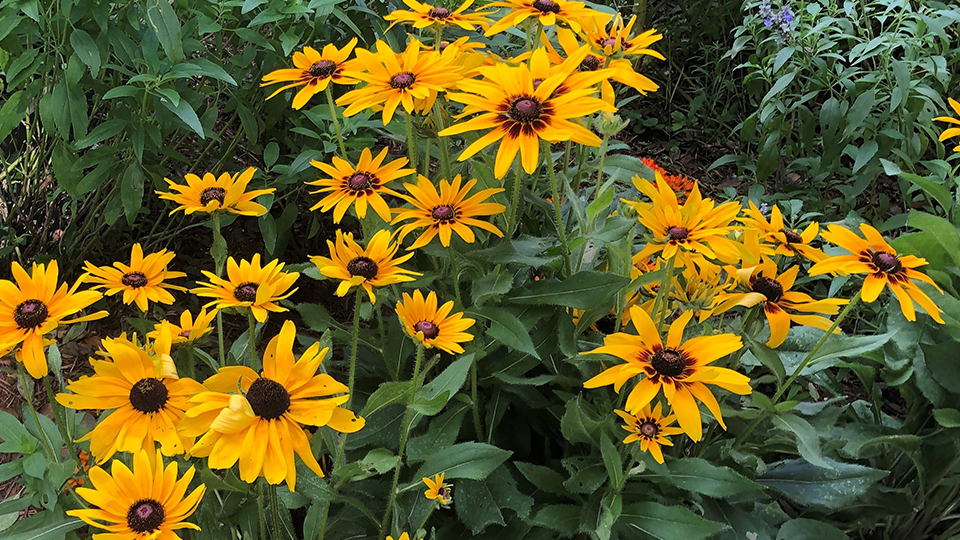
Collect rainwater in barrels
- Harvesting rainwater and using it to irrigate our landscapes can make a big difference. By collecting rainwater from just 10% of the residential roof area in Texas, we could conserve over 32 billion gallons of water annually.
- Learn how to create your own rainwater collection system and calculate how much rain you’ll collect throughout the year.
Indoor Resources
Experts estimated that the average American household uses more than 300 gallons of water daily. Knowing how you use water is important, especially so you can identify water wasters.
A leaky faucet that drips at the rate of one drip per second can waste more than 3,000 gallons per year – that’s the amount of water needed to take more than 180 showers.
A good place to start investigating leaks? Bathrooms are the largest use of water in the home, using more than 50% of all indoor water. The tips below will help you identify how to save water inside.
How much water do I use at home each day?
Check your utility bill
Review how much water you are using each month and see how that compares to other months through the year. Check out this guide to understand how to read your water bill.
Use the Water Calculator
Using your zip code, the number of people in your household and other information, this calculator explores where you use and can save the most water.
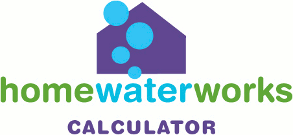
How can I detect leaks in my home?
Test your toilet
Identify toilet leaks by placing a drop of food coloring in the toilet tank. If any color shows up in the bowl after 10 minutes, you have a leak. Be sure to flush immediately after the experiment to avoid staining the tank.
Use Your Water Meter
Check your water meter before and after a two-hour period when no water is being used. If the meter changes at all, you probably have a leak.
Take the 10 Minute WaterSense Challenge
Use the 10 Minute EPA WaterSense Challenge checklist to identify other leaks and save money.
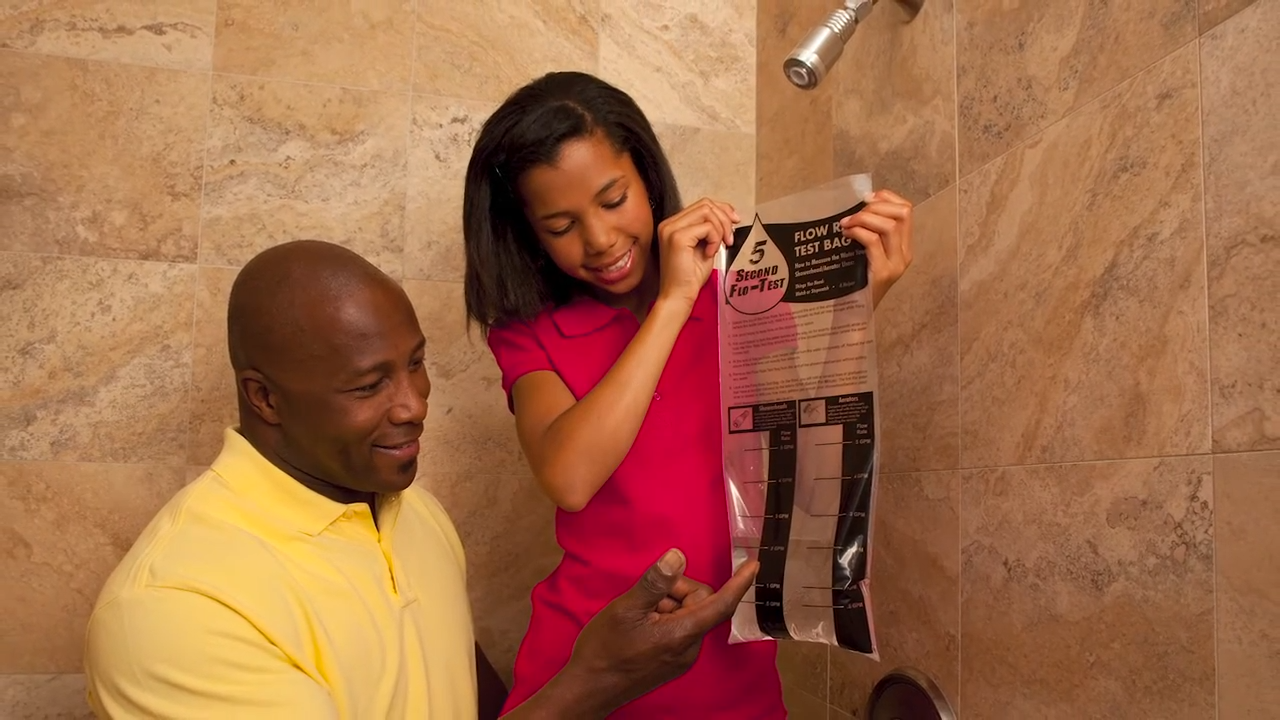
How can I save water indoors?
Replace Old Products
Households use at least 20 percent less water by installing water-efficient fixtures and appliances. Look for EPA WaterSense-labeled products.
The EPA has specifications for water efficiency and performance. Check out their guide for homes.
